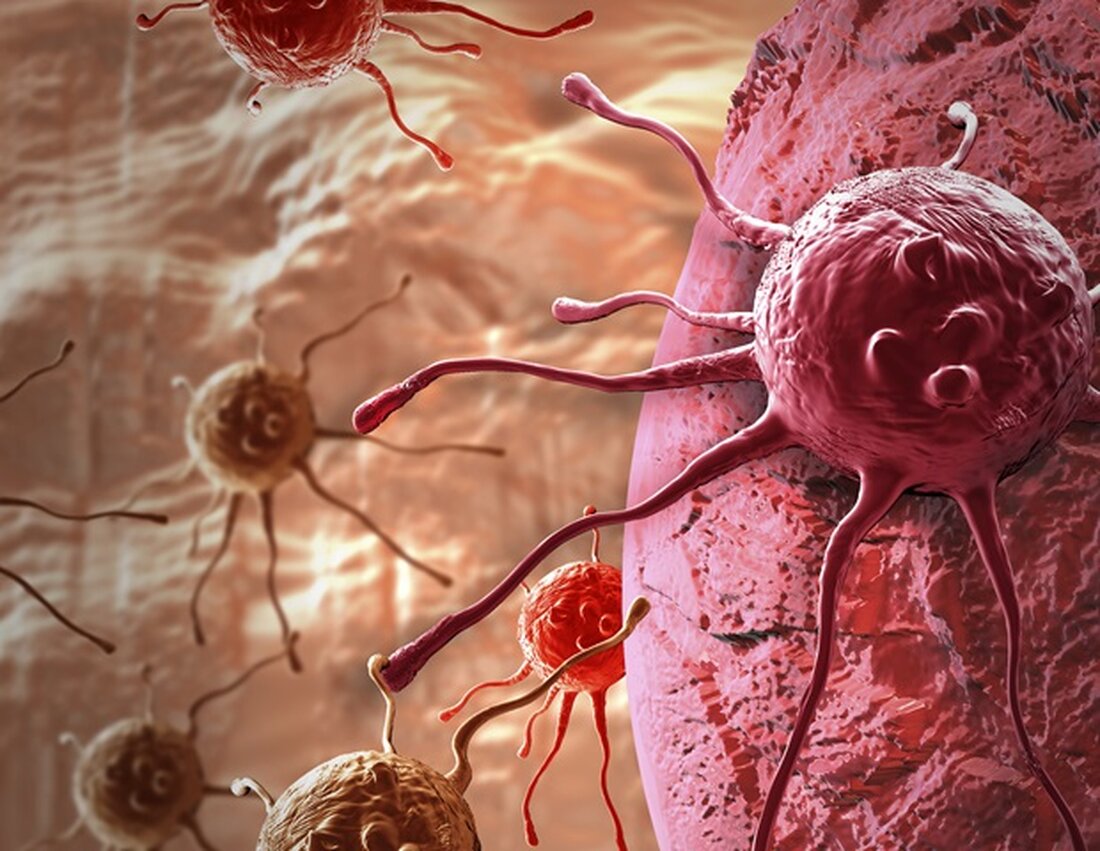Novel Nanozyme protects bones from radiation damage
Melanie Coathup and Sudipta Seal, materials scientists at the University of Central Florida, have developed a cerium oxide nanoparticle -; an artificial enzyme -; which protects the bones from radiation damage. The nanoparticle has also shown abilities to improve bone regeneration, reduce blood cell loss and kill cancer cells. Their study, a collaboration with Oakland University, North Carolina A&T University, the University of Sheffield and the University of Huddersfield in the United Kingdom, was published in Bioactive Materials. About 50% of all cancer patients receive radiation therapy -; a treatment that uses electrically charged particles to kill cancer cells. About 40% of…

Novel Nanozyme protects bones from radiation damage
Melanie Coathup and Sudipta Seal, materials scientists at the University of Central Florida, have developed a cerium oxide nanoparticle -; an artificial enzyme -; which protects the bones from radiation damage. The nanoparticle has also shown abilities to improve bone regeneration, reduce blood cell loss and kill cancer cells.
Their study, a collaboration with Oakland University, North Carolina A&T University, the University of Sheffield and the University of Huddersfield in the United Kingdom, was published in Bioactive Materials.
About 50% of all cancer patients receive radiation therapy -; a treatment that uses electrically charged particles to kill cancer cells. About 40% of patients are cured with this therapy. However, bone damage is a side effect that affects approximately 75% of patients who receive radiation.
“Due to its high calcium content, bone absorbs 30-40% more radiation than other tissues, making it a common site of injury,” says Coathup, director of UCF’s Biionix Faculty Cluster. "Radiation makes bone brittle and breaks easily. And because of the damage caused by radiation, many people are then unable to repair their broken bone. For some people, this leads to amputation to correct the complication."
While the rays of radiation therapy are aimed directly at the tumor, surrounding healthy tissue is also damaged and can cause many additional health problems for patients.
Currently, there is no real drug or therapy to protect healthy tissue from radiation damage. This is not only a problem for cancer patients undergoing radiation therapy, but also poses problems for astronauts and future space exploration.”
Melanie Coathup, University of Central Florida
The body's natural defense against radiation is a group of enzymes called antioxidants -; However, this defense system is easily overwhelmed by radiation and cannot protect the body from damage on its own. Seal, a leading nanotechnologist, designed the cerium oxide nanoparticle -; or nanoceria -; which mimics the activity of these antioxidants and has a stronger defense mechanism to protect cells from DNA damage.
“The Nanoceria operates using a specially designed regenerative lattice structure that is responsible for destroying harmful reactive oxygen species, a byproduct of radiation treatment,” says Seal.
Working with postdoctoral researcher Fei Wei, Coathup tested the nanozyme in living models that received radiation therapy.
“Our study showed that exposing rats to radiation at levels similar to those in cancer patients resulted in weak and damaged bones,” says Coathup. “However, when we treated the animals with the nanozyme before and during three doses of radiation over three days, we found that the bone was not damaged and had similar strength to healthy bone.”
The study also showed that Nanozyme treatment helped kill cancer cells, possibly due to an increase in acidity, and protected against the loss of white and red blood cells that normally occurs in cancer patients. Low white and red blood cell counts mean the patient is more susceptible to opportunistic infections, less able to fight cancer, and more fatigued. Another interesting finding is that the nanoparticle also improved the ability of healthy cells to produce more antioxidants, reduced inflammation (which also leads to bone loss), and promoted bone formation.
Future research will attempt to determine the appropriate dosage and administration of the Nanozyme and further study how Nanozyme helps kill cancer cells. The researchers will also focus their studies in the context of breast cancer, as women are more susceptible to bone damage than men.
“Cancer patients are already struggling to fight disease,” says Coathup. "They shouldn't have to worry about broken bones and tissue damage. So we hope this breakthrough will help survivors return to normal and healthy lives."
Coathup completed her undergraduate studies in medical cell biology and earned a Ph.D. in orthopedic implant fixation from University College London in the UK. In 2017, she joined the College of Medicine and became director of UCF's Biionix Faculty Cluster -; a multidisciplinary team of researchers working to develop innovative materials, processes and interfaces for advanced medical implants, tissue regeneration, prostheses and other future high-tech products.
Seal joined UCF's Department of Materials Science and Engineering in 1997. He holds appointment at the College of Medicine and is a member of UCF's Biionix prosthetics cluster. He is the former director of the NanoScience Technology Center and the Advanced Materials Processing Analysis Center at UCF. He received his PhD in materials engineering with a minor in biochemistry from the University of Wisconsin and was a postdoctoral fellow at the Lawrence Berkeley National Laboratory at the University of California Berkeley.
Source:
Reference:
Wei, F., et al. (2022) A novel approach to preventing ionizing radiation-induced bone loss using a multifunctional designer ceria nanozyme. Bioactive materials. doi.org/10.1016/j.bioactmat.2022.09.011.
.

 Suche
Suche
 Mein Konto
Mein Konto
